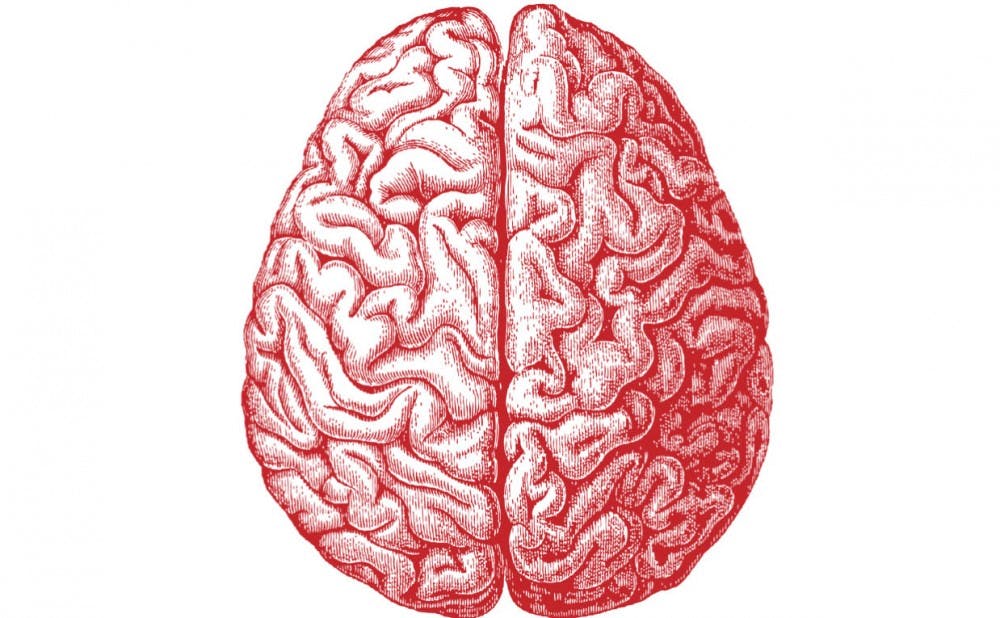There's more to mental illness than what meets the eye—but a new Duke study notes a correlation between an irregularity in visual regions of the brain and risk for mental illness.
Researchers used brain imaging data from the Duke NeuroGenetics study sample to explore functional connectivity in the brain, a common measure in mental illness research. Maxwell Elliott, clinical psychology Ph.D. student, explained that functional connectivity—how different regions of the brain communicate—has been related to different mental illnesses.
“The regions that came out of this analysis implicated visual networks, specifically areas responsible for handling visual processing and visual information,” Elliott said. “We were pretty surprised to be honest, because there’s not a whole lot of research implicating vision in psychopathology.”
From this analysis, researchers found increased functional connectivity in the default mode and frontoparietal networks, which are higher order association networks responsible for processing multiple types of sensory information—including visual.
The frontoparietal network is also involved in the cognitive control and working memory necessary for goal-directed activity.
“It’s counterintuitive at first,” Elliot said. “You’d expect [functional connectivity] to be better. But often, this is a sign of more connectivity, or more effort, being needed to do the same thing. We interpreted that to think that may be related to problems integrating visual info with current goals and higher order thought.”
An inability to separate incoming sensory information from current goals and activities is a common hallmark of mental illness. Elliott said that while the specific regions they observed were unique, the issues with functional connectivity are common among a variety of mental illnesses.
“The more we study these diagnoses, the more we realize they are less distinct than we thought,” Elliott said. “The chances have having anxiety go up when you have a diagnosis of depression. This has led researchers to classify mental illness into three terms: internalizing, externalizing, and thought disorder.”
Elliott said internalizing disorders include depression, externalizing disorders are conduct disorders, and thought disorders include schizophrenia.
Previous research found that the likelihood of having a mental illness in one category increases with the diagnosis of a mental illness in a different category. This correlation led to the "p-factor," which Elliott says represents an individual’s risk for mental illness in general.
The innovation of Elliott’s recent study is the emphasis on biological support for that factor.
“The p-factor is a new way of thinking about mental illness that isn’t broadly used and is controversial in the field, but is gaining momentum,” Elliott said. “Being the first group to look at brain activity in relation to the p-factor makes our study novel.”
Moving forward, the research is continuing in a longitudinal study with a sample more representative of the general population. Although Elliott does not foresee any immediate clinical applications of his work, he hopes that increasing awareness of the p-factor will eventually allow for better treatment.
“So many of our current medications and therapies used to treat mental illness work pretty broadly across all mental illnesses,” Elliott said. “Hopefully we can give more legitimacy to this growing but still controversial idea that each diagnosis is not its own distinct thing.”
Get The Chronicle straight to your inbox
Signup for our weekly newsletter. Cancel at any time.

